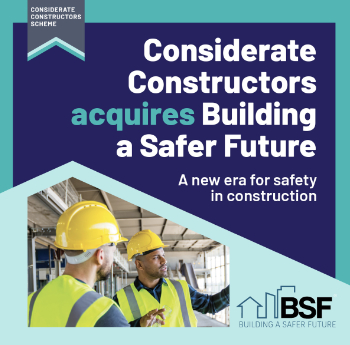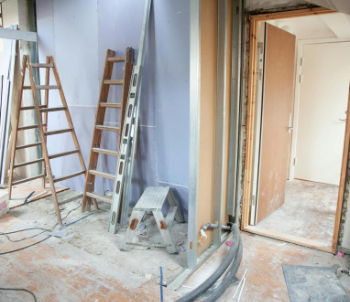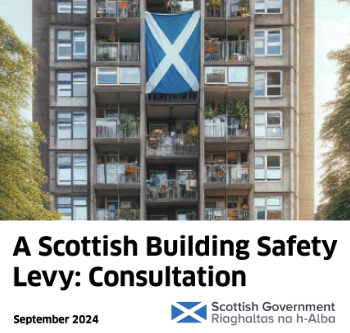Visiting construction sites
This article is about site visits by neutral observers, it is not about site inspections carried out to review of the works. For more information about site inspections, see: Construction site inspection.
Site visits can provide outside parties, such as media representatives, neighbours, family members of the project team, students and so on, with a valuable insight into the work underway on a construction project.
As construction sites are generally busy and dynamic places, a lot can be learnt from observing what is going on at any given time, and this can help make a local community feel more involved in changes to their area, it can help children understand more about the construction industry, it can improve press relations and so on.
Construction contractors and clients are often keen to promote their latest projects and so encourage visits to the site. The National Skills Academy for Construction (NSAfC) is able to help with arranging a local site visit, but construction companies are generally open to being contacted directly to organise a visit. On large construction projects, there may be organised tours, with trained tour guides.
The general public can also attend various construction sites as part of Open Doors, an annual event that provides the chance to visit major ‘live’ sites across the UK.
The name of the construction company operating a particular site can typically be found on the hoarding that runs around the site perimeter. Alternatively, companies tend to list their ‘live’ projects on their website, along with contact details. If emailing a construction company to request a visit, it might be useful to include the following information:
- Project name and address.
- A reason for wanting to visit.
- The size of the group and age range.
- Anything in particular that would like to be seen/explained.
- Possible dates and times.
- Contact details.
Site visits must be carefully organised to ensure that visitors remain safe. This will involve equipping them appropriately, determining a safe route, ensuring they are controlled by appropriate personnel and having suitable first aid and welfare facilities as well as emergency procedures.
All visitors to a site will need to sign in to a visitors book, and must be equipped with the correct personal protective equipment (PPE).
Health and Safety Executive guidance states:
|
The principal contractor must take reasonable steps to prevent unauthorised people accessing the site.
|
Ref http://www.hse.gov.uk/construction/safetytopics/publicprotection.htm
[edit] Find out more
[edit] Related articles on Designing Buildings Wiki
Featured articles and news
Considerate Constructors Scheme acquires Building A Safer Future
Acquisition defines a new era for safety in construction.
AT Awards evening 2024; the winners and finalists
Recognising professionals with outstanding achievements.
Reactions to the Autumn Budget announcement
And key elements of the quoted budget to rebuild Britain.
Chancellor of the Exchequer delivers Budget
Repairing, fixing, rebuilding, protecting and strengthening.
Expectation management in building design
Interest, management, occupant satisfaction and the performance gap.
Connecting conservation research and practice with IHBC
State of the art heritage research & practice and guidance.
Innovative Silica Safety Toolkit
Receives funding boost in memory of construction visionary.
Gentle density and the current context of planning changes
How should designers deliver it now as it appears in NPPF.
Sustainable Futures. Redefining Retrofit for Net Zero Living
More speakers confirmed for BSRIA Briefing 2024.
Making the most of urban land: Brownfield Passports
Policy paper in brief with industry responses welcomed.
The boundaries and networks of the Magonsæte.
London Build Fire and Security Expo
20-21 Nov and now with new Ambassador Programme..
The Scottish Building Safety Levy
Eight weeks of consultation closing on 18 November.
The grey, the brown and the golden rules of housing
shifting policies from the wild west of housing development.
Future proofing homes that are fit for purpose
Specification challenges and the role of plastic.
Thousands of new homes unlocked for brownfield sites
£68 million to 54 councils for neglected land into new homes.























